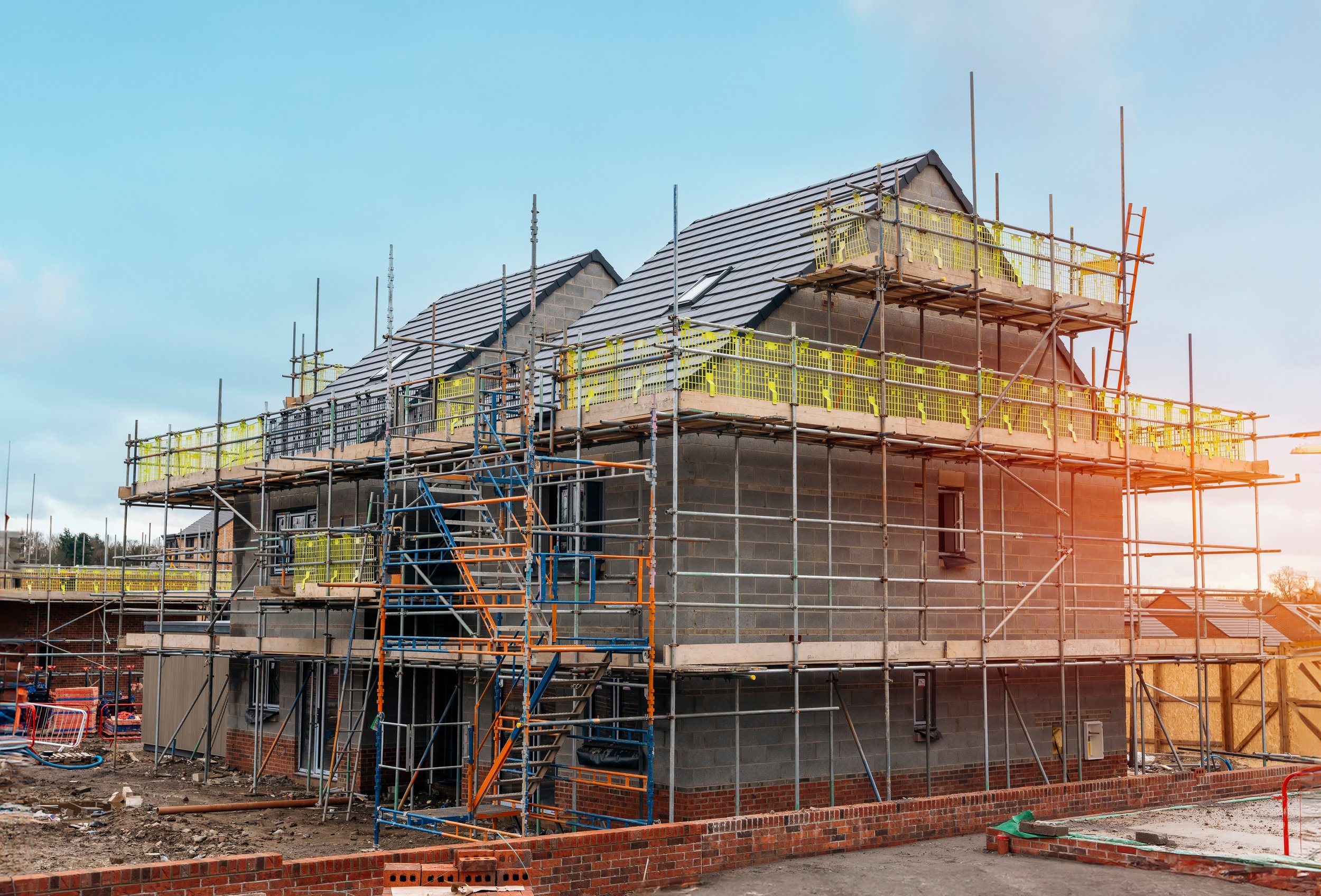
Dry Ridge System
An overview of this modern roofing solution outlining its benefits and components.
The dry ridge system is a modern roofing solution designed to provide secure and weatherproof ridge tiles without the need for traditional mortar.
This innovative system offers numerous advantages over conventional methods, making it increasingly popular among homeowners and roofing professionals. In this guide, we will delve into the benefits, components, and installation process of the dry ridge system.
What is a Dry Ridge System?
A dry ridge system is a method of fixing ridge tiles to the roof using a combination of mechanical fixings and ventilated ridge roll. Unlike traditional mortar, which can crack and deteriorate over time, the dry ridge system provides a more durable and maintenance-free solution. This system ensures that ridge tiles remain securely in place while allowing for natural expansion and contraction due to temperature changes.
Benefits of the Dry Ridge System
Durability: The dry ridge system is designed to withstand harsh weather conditions, including strong winds and heavy rainfall, without the risk of mortar cracking or dislodging.
Ventilation: The system incorporates a ventilated ridge roll, which helps to prevent condensation and improve airflow within the roof space, contributing to a healthier roofing environment.
Maintenance-Free: Unlike mortar, which requires regular maintenance and potential re-pointing, the dry ridge system is virtually maintenance-free once installed.
Flexibility: The system allows for natural movement of the roof structure, accommodating expansion and contraction without compromising the integrity of the ridge tiles.
Quick Installation: The dry ridge system is quicker and easier to install compared to traditional mortar methods, reducing labour costs and installation time.
Components of the Dry Ridge System
The dry ridge system consists of several key components, including:
Ridge Roll: A flexible, ventilated roll that runs along the ridge line, providing ventilation and a weatherproof seal.
Ridge Tiles: Specially designed tiles that are mechanically fixed to the roof structure.
Clips and Brackets: Metal or plastic fixings that secure the ridge tiles in place, ensuring a robust and stable installation.
End Caps: These caps seal the ends of the ridge roll, providing a neat and weatherproof finish.
Conclusion
The dry ridge system offers a modern, efficient, and durable solution for securing ridge tiles on pitched roofs. Its numerous benefits, including durability, ventilation, and maintenance-free performance, make it an attractive choice for both new builds and roof refurbishments. By understanding the components and installation process, homeowners and roofing professionals can ensure a successful and long-lasting dry ridge system installation.
Whether you are considering a new roof installation or upgrading your existing roof, the dry ridge system is a reliable and cost-effective option that provides peace of mind and enhances the overall performance of your roof.
Top Articles
► Planning Permission for a New Roof
► Building Regulations for a New Roof
► Does a New Roof Add Value to Your Home?
► Does Insurance Cover Roof Leaks?
Roofing Materials Explained
► Code 3 and Code 4 Lead Flashing
► Slates
► Best Materials for Flat Roofs
Roofing Components
► Roof Ventilation for Flat Roofs
► What are Soffits and Fascias?
► What is a Fibreglass Flat Roof?
Common Guides
►How Much Does a New Roof Cost
► How to Find a Leak in Your Roof
► Why is my Velux Window Leaking?
► Planning Permission Velux Windows
► How to Clean Roof Tiles Without Pressure Washer
► Removing Moss from Roof Tiles
